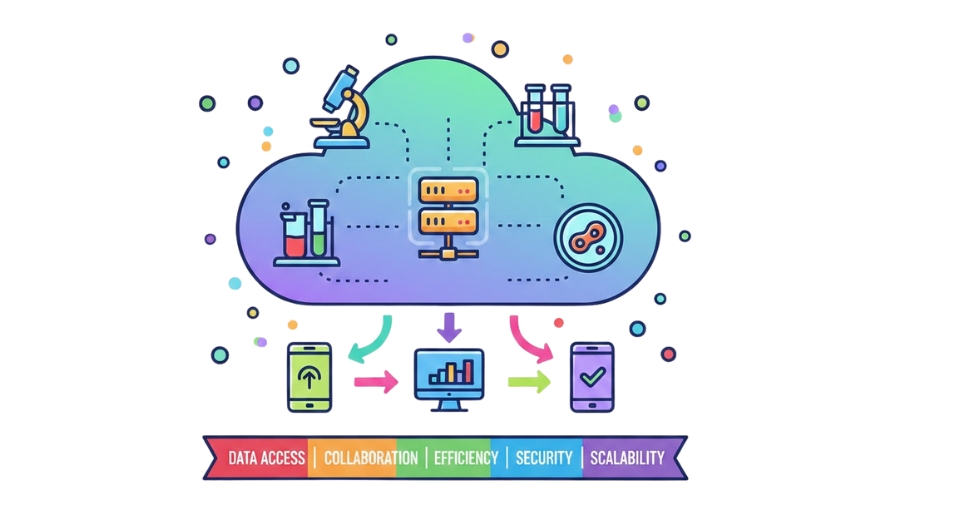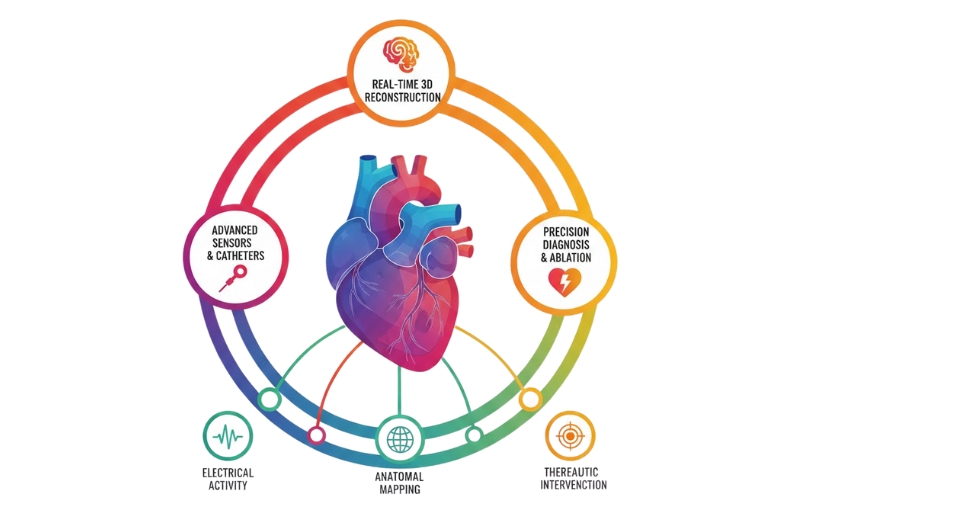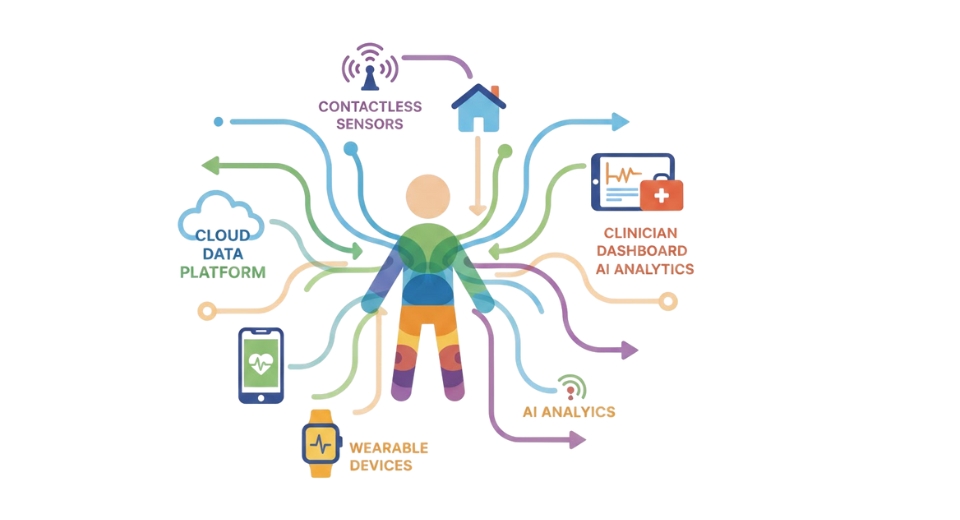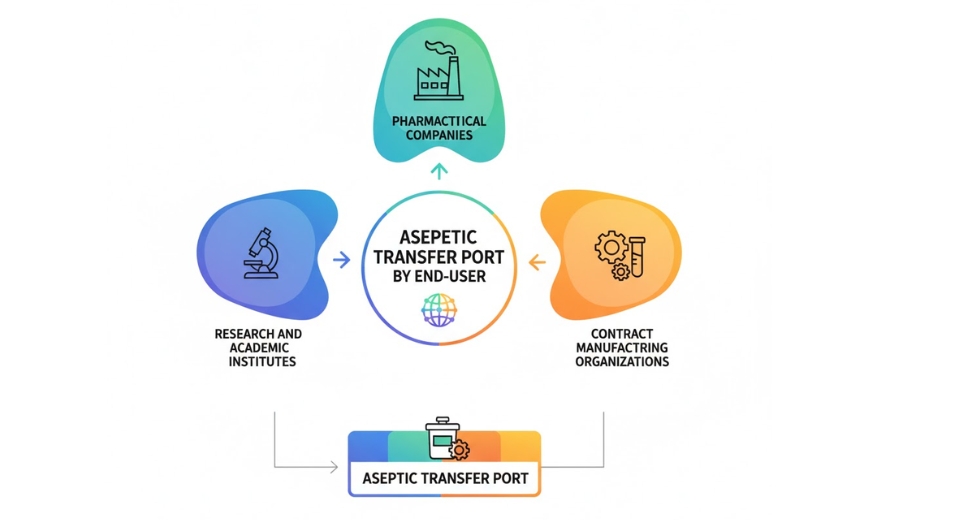Market Definition
Breast cancer screening is a medical screening of breasts in women for breast cancer to achieve an earlier diagnosis. The breast cancer screening test is done through breast magnetic resonance imaging (MRI) screening, breast ultrasound screening, and mammography screening.
Global breast cancer screening market is estimated to reach $XX billion by 2026; growing at a CAGR of 7.8% till 2026.
Market Dynamics
Rising prevalence of breast cancer is a key driving factor of the market. According to the American Institute for Cancer Research, breast cancer is the second most common cancer globally. There are around 2 million new cases of breast cancer in 2018. Around 627,000 women died from breast cancer, which is approximately 15% of all cancer deaths among women in 2018. According to the Cancer Research UK, there are around 55,200 new breast cancer cases of women and 370 new breast cancer cases of men are registered in the UK every year. In the U.K, around 11,500 women and 80 men die from breast cancer every year. In 2018, breast cancer accounted for 14% of cancers in women, which accounts for 1,62,468 new registered cases and 87,090 reported deaths in India. However, the high cost of screening in developing countries might hamper the market growth. Moreover, increasing government initiatives and support would provide lucrative opportunities for the market in the coming years.
Market Segmentation
The global breast cancer screening market is mainly classified based on type and application. Type is further segmented into Breast Magnetic Resonance Imaging (MRI) Screening, Breast Ultrasound Screening, and Mammography Screening. By application, the market is divided into Hospital, Clinic, and Others.
Breast Ultrasound Screening has shown significant growth in 2019, owing to the increasing commercialization of regulatory approved breast ultrasound screening, the partnership between companies to develop breast ultrasound screening and market them, and technological advancement in breast ultrasound screening. For instance, Royal Philips has introduced its ultimate ultrasound solution for breast assessment with the Philips EPIQ and Affiniti ultrasound systems, and with a combination of the eL18-4 transducer and anatomical intelligence. This all-in-one solution provides high-quality imaging with complementary clinical tools tailored for breast screenings. The Philips ultimate ultrasound solution for breast assessment is CE marked and has received 510(k) clearance from the U.S. Food and Drug Administration (FDA).
Regional Analysis
Based on geography, the global breast cancer screening market is divided into North America, Europe, Asia-Pacific, South America, and Middle East & Africa. North America is further divided in the U.S., Canada, and Mexico, whereas Europe consists of the UK, Germany, France, Italy, and Rest of Europe. Asia-Pacific is segmented into India, China, Japan, South Korea, and Rest of Asia-Pacific. The South America region includes Brazil, Argentina, and the Rest of South America, while the Middle East & Africa is categorized into GCC Countries, Egypt, South Africa, and Rest of Middle East & Africa.
North America was dominating the global breast cancer screening market in 2019, due to the increasing government spending on breast cancer research studies, rising number of awareness programs for the early detection of breast cancer, commercialization of new technologically advanced breast cancer screening system and the rising prevalence of breast cancer. For instance, according to the American Cancer Society, 1 in 8 U.S. women develop invasive breast cancer over her course of life. In 2020, an estimate of 276,480 new cases of invasive breast cancer along with 48,530 new cases of non-invasive breast cancer, will be registered in the United States. In 2020, an estimate of 2,620 new cases of invasive breast cancer are expected to be registered in the United States.
Competitive landscape
Key players operating in the breast cancer screening industry include Hologic, GE Healthcare, Siemens Healthineers, Philips Healthcare, Carestream Health, Canon Medical, Fujifilm, Metaltronica SpA, Sino Medical-Device, and IMS Srl.
The increasing investment on breast cancer research studies, commercialization of new breast cancer screening, technological advancement, regulatory approvals for breast cancer screening systems, and collaboration between companies to develop and market new breast cancer screening system are some of the strategies adopted by the major companies. For instance, on August 14, 2019, Imago Systems has collaborated with Mayo Clinic. The agreement will provide clinical trial support for Imago Systems' ICE Reveal product for breast imaging systems and financial investment from Mayo Clinic.
Breast Cancer Screening Market Key Segments:
By Type
- Breast Magnetic Resonance Imaging (MRI) Screening
- Breast Ultrasound Screening
- Mammography Screening
By Application
- Hospital
- Clinic
- Others
Key Global Breast Cancer Screening Industry Players
- Hologic
- GE Healthcare
- Siemens Healthineers
- Philips Healthcare
- Carestream Health
- Canon Medical
- Fujifilm
- Metaltronica SpA
- Sino Medical-Device
- IMS Srl
What Report Provides
- Full in-depth analysis of the parent Industry
- Important changes in market and its dynamics
- Segmentation details of the market
- Former, on-going, and projected market analysis in terms of volume and value
- Assessment of niche industry developments
- Market share analysis
- Key strategies of major players
- Emerging segments and regional growth potential








 US: +1 3023308252
US: +1 3023308252






